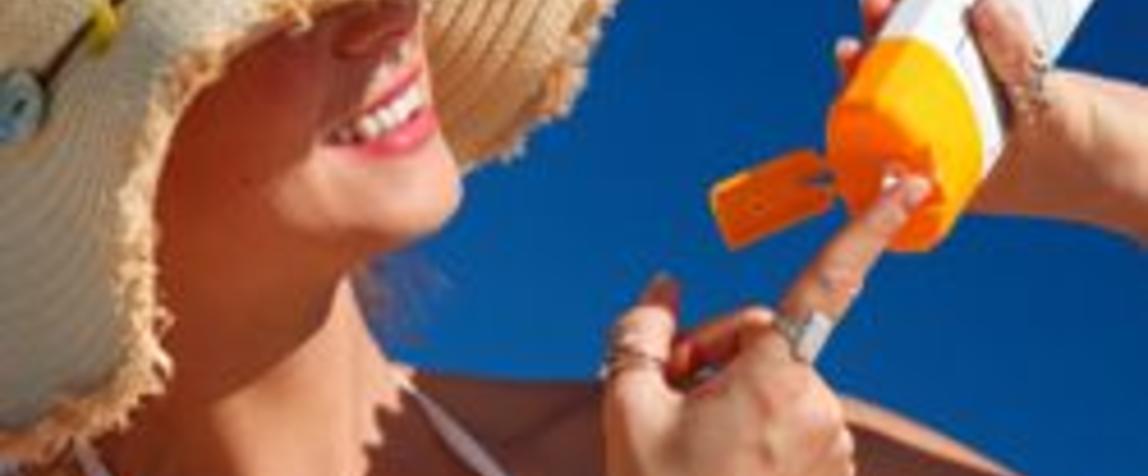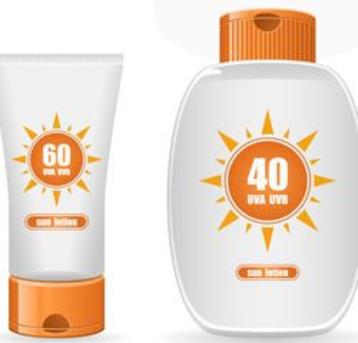The US Food and Drug Administration has released new rules on sunscreen labelling to help consumers find the right product for them to prevent the risk of skin cancer, early skin ageing and sunburn.
Products will have to undergo testing by the FDA, with those passing protection against both ultraviolet A (UVA) and ultraviolet B (UVB) rays being labelled as broad spectrum”.
Sunscreens that are not broad spectrum or have an SPF value between 2 and 14 will have to display a warning that the product has not been shown to help reduce skin cancer or early skin ageing.
FDA has evaluated the data and developed testing and labelling requirements for sunscreen products, so that manufacturers can modernise their product information and consumers can be well-informed on which products offer the greatest benefit,” says FDA’s Center for Drug Evaluation and Research director Janet Woodcock.
These changes to sunscreen labels are an important part of helping consumers have the information they need so they can choose the right sun protection for themselves and their families.”
The FDA has also proposed that SPF values be limited to 50+ as there is no evidence that indicates sunscreens with a higher SPF than 50 offer better protection.
The new regulations will affect most manufacturers in one year, with smaller manufacturers given two years.


